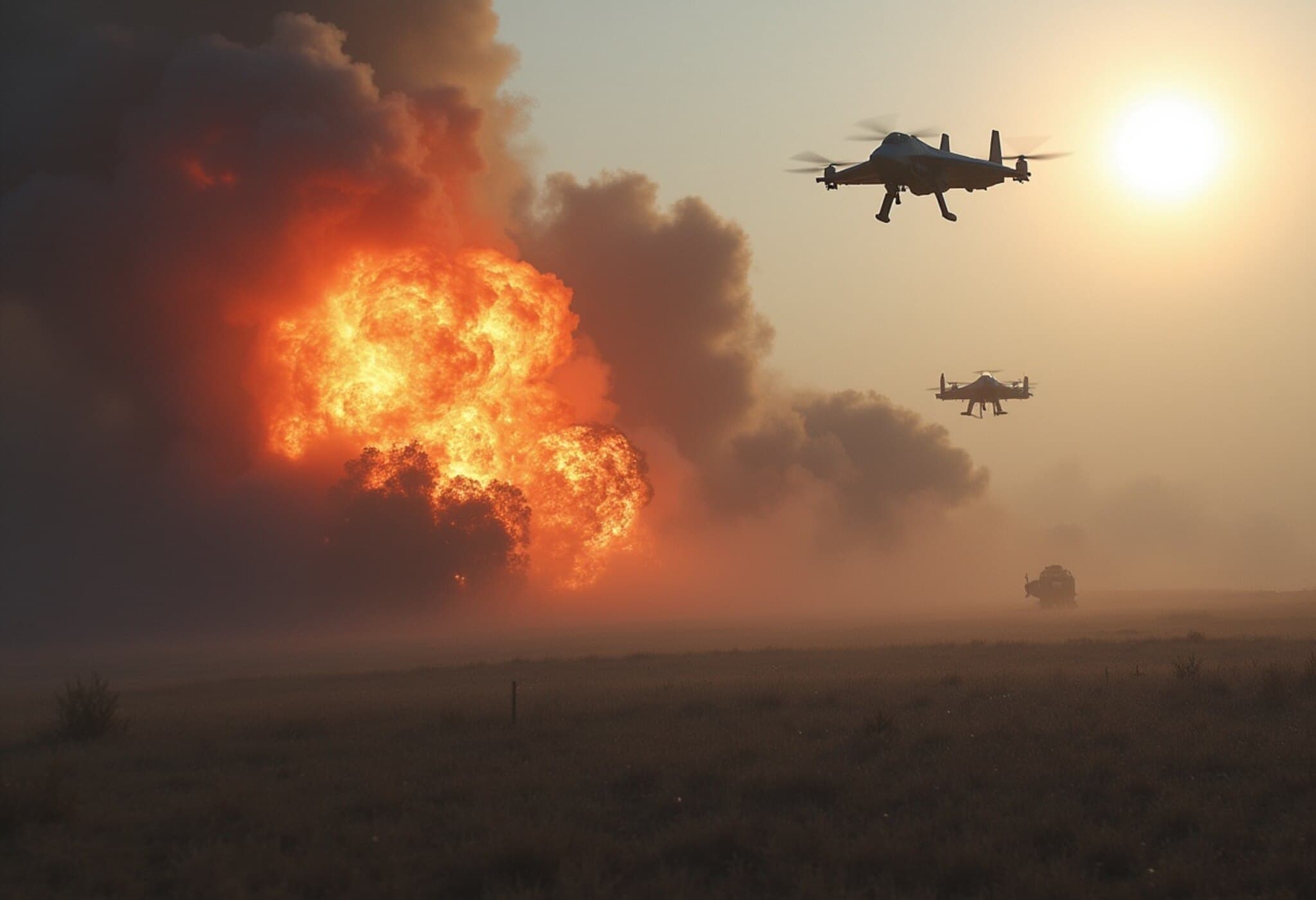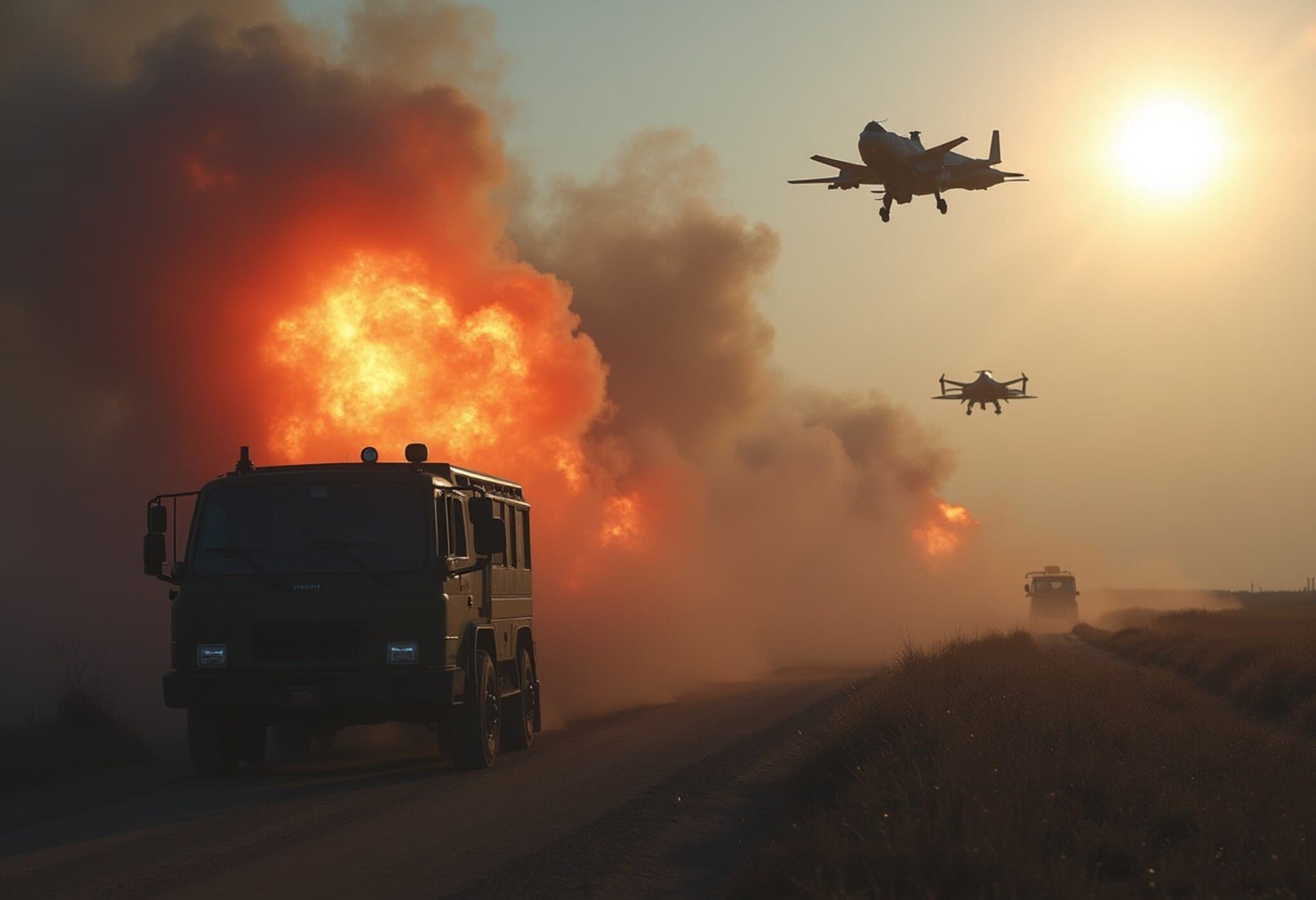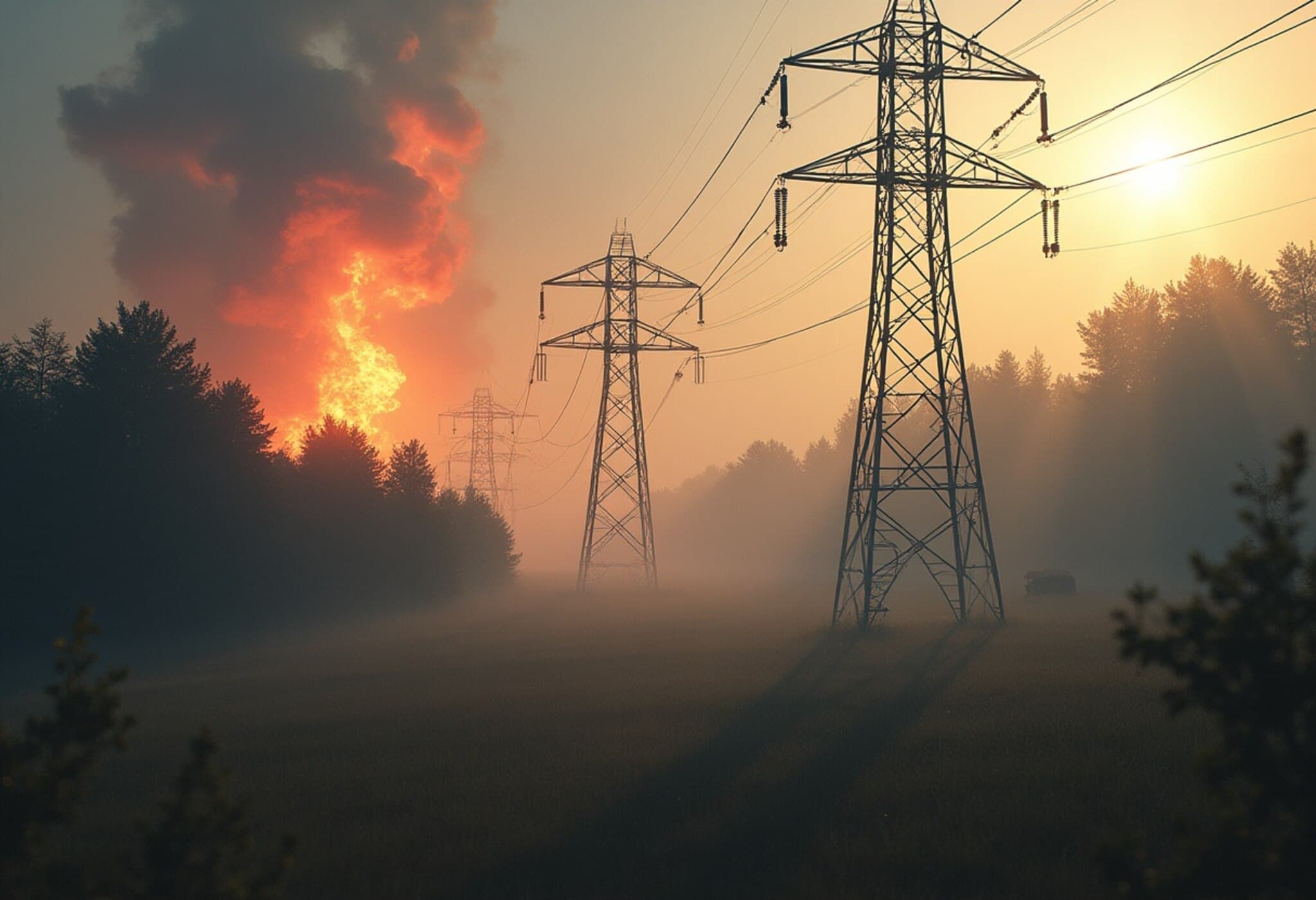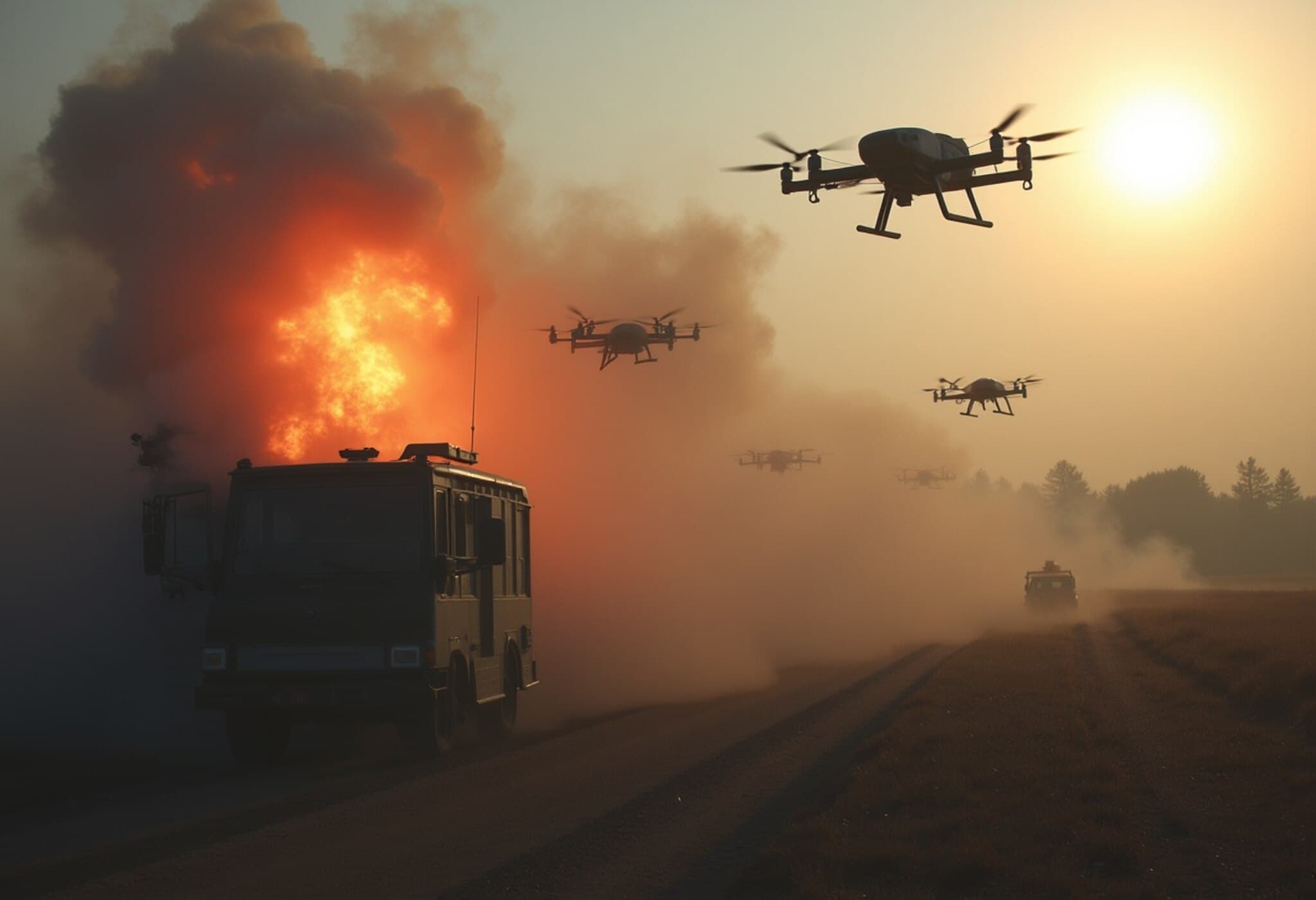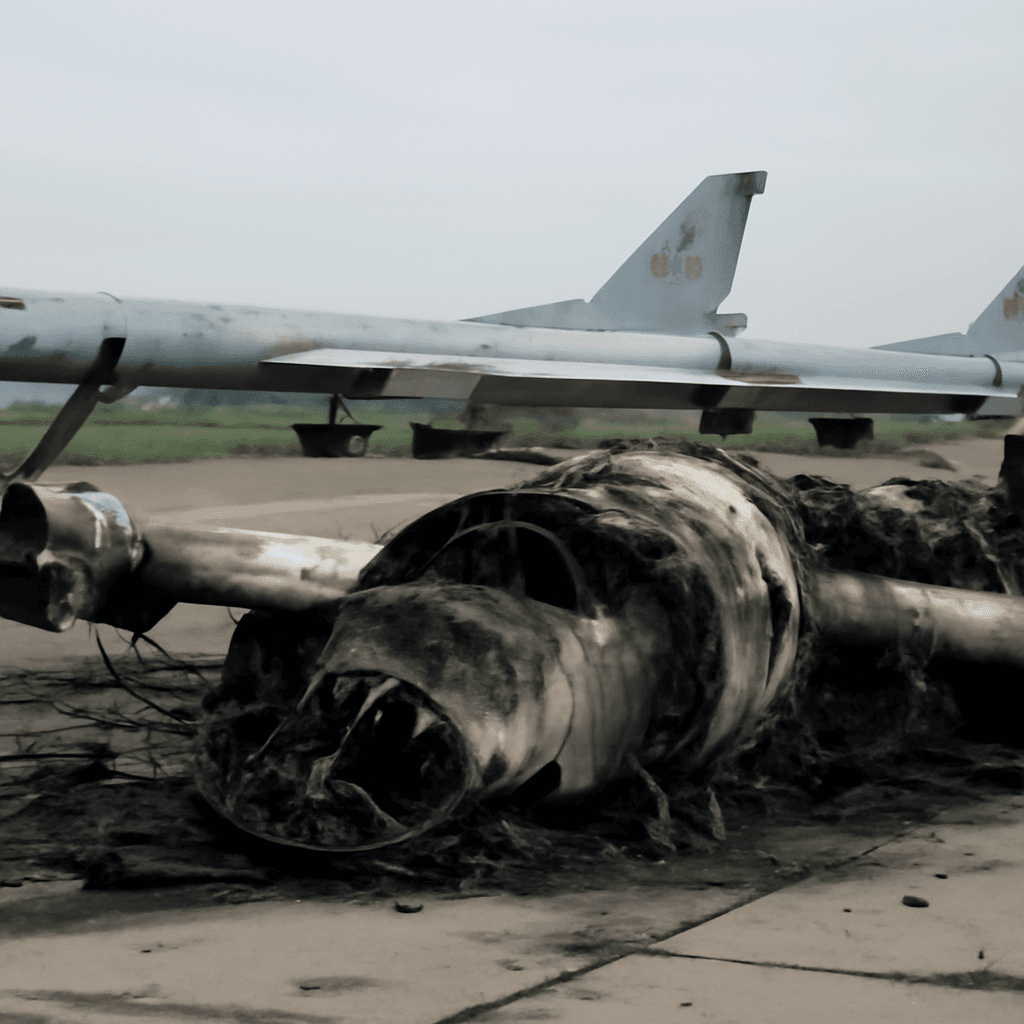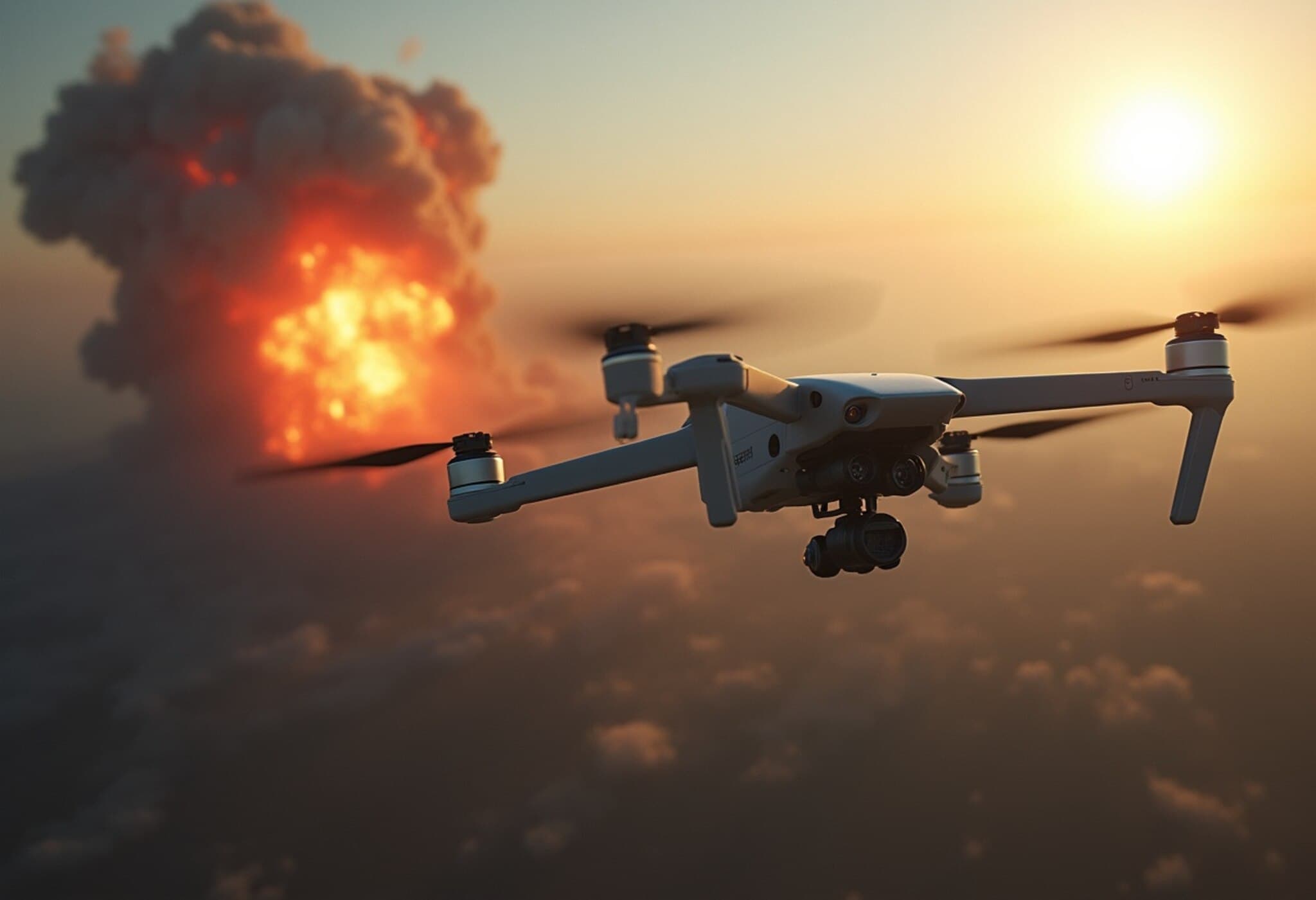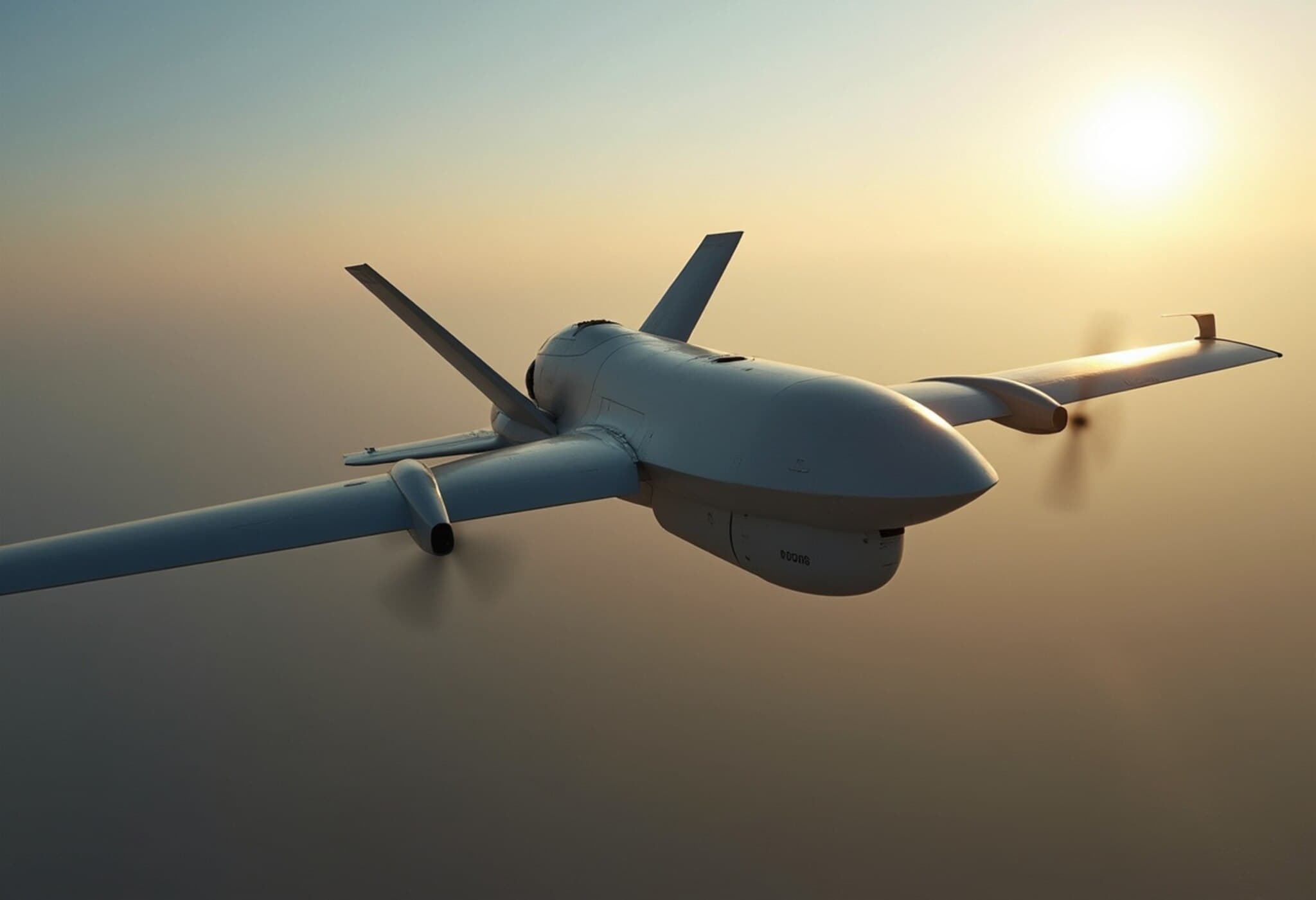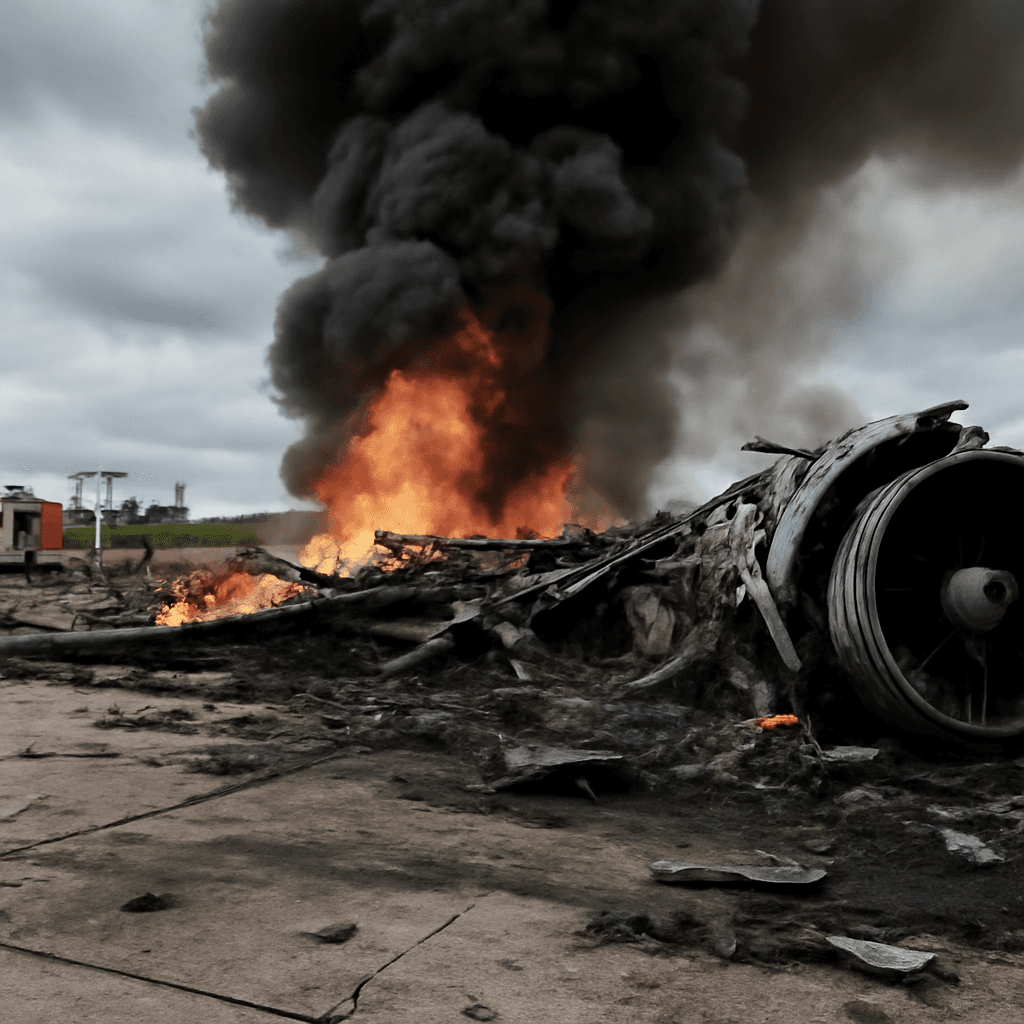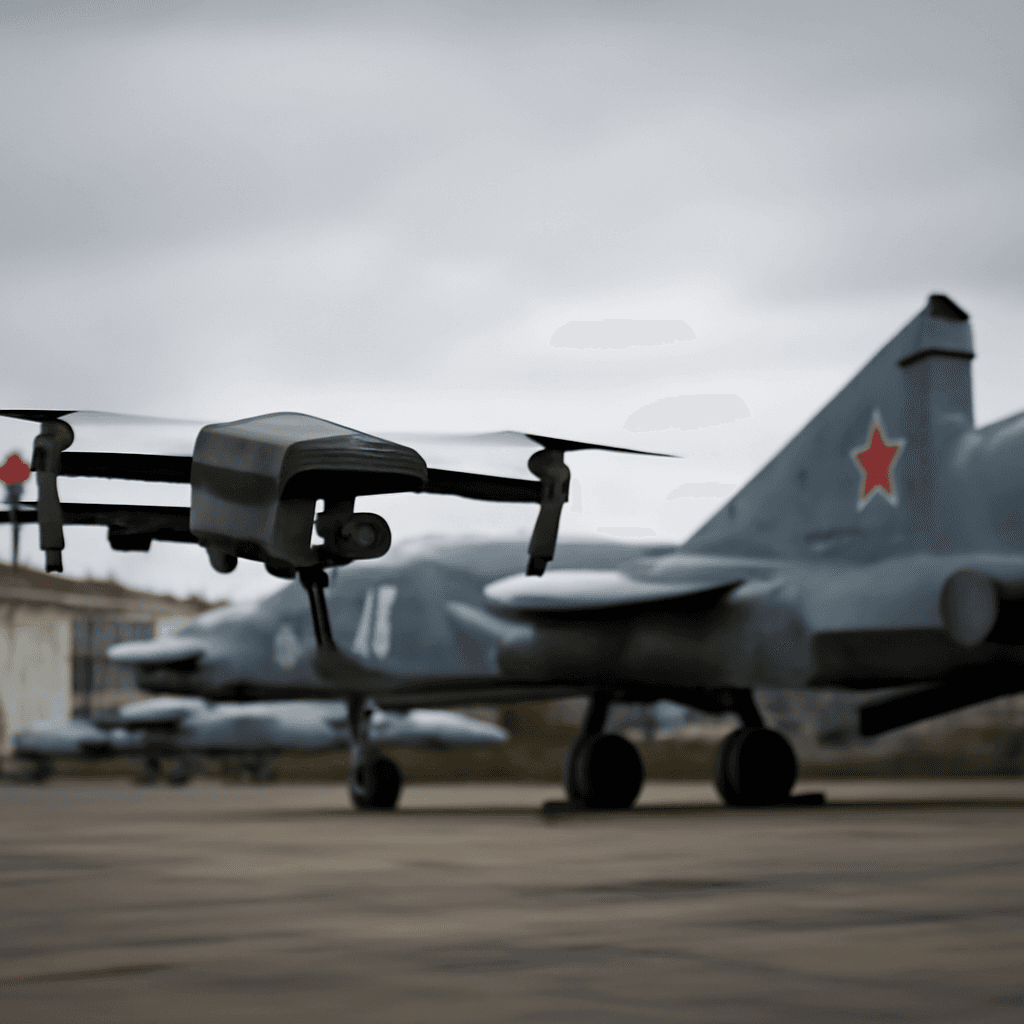Ukraine Launches Drone Assault on Key Russian Military Plants Near Moscow
In a dramatic escalation of the ongoing conflict, Ukraine’s military announced on July 11, 2025, that its drone units successfully struck two critical Russian defense manufacturing sites: a fighter jet production plant in Lukhovitsy and a missile production facility in the Tula region. These attacks represent a strategic effort to cripple Russia’s military infrastructure deep within its territory.
Striking at the Heart of Russia’s Military Production
The aviation facility targeted at Lukhovitsy, roughly 135 kilometers southeast of Moscow, is renowned for producing MiG fighter aircraft, a cornerstone of Russian aerial capabilities. Concurrently, the assault on Tula’s Instrument Design Bureau, an important hub specializing in anti-aircraft missile and missile-gun system production, underscores Ukraine’s intent to disrupt long-range Russian weapon supply chains critical for ongoing operations.
Statements from Ukrainian and Russian Officials
Ukraine’s Armed Forces took to Telegram to affirm their commitment to undermining Russia’s ability to wage war, stating, "Defence forces continue to take all steps to undermine the military and economic potential of the Russian occupiers and force Russia to stop its armed aggression against Ukraine."
In response, the Russian Defense Ministry claimed it intercepted an extensive wave of Ukrainian drones—in total, 155 were downed between 11 p.m. Thursday and 7 a.m. Friday, including 11 targeting Moscow itself. However, these figures, like much information coming from this conflict, remain difficult to independently verify.
Human Impact and Regional Repercussions
Dmitry Milyaev, the governor of the Tula region located about 200 kilometers south of Moscow, announced on Telegram that the attack resulted in the death of one person and injuries to another. The toll on civilian life and local infrastructure highlights the ongoing risks faced by regions far from the immediate frontline of the war, illustrating how the conflict’s reach extends into the Russian heartland.
Contextualizing the Drone Strikes
This recent escalation fits a broader pattern of Ukraine employing advanced drone technology to penetrate far beyond frontline positions, striking high-value targets inside Russia. According to defense analysts, such operations aim not just to degrade military hardware but also to exert psychological pressure on Russian leadership and populace.
From a strategic viewpoint, the ability of Ukrainian forces to hit sites near Moscow challenges Russia’s air defense effectiveness and signals a shift in the conflict’s dynamics. It also raises important questions about the evolving role of drone warfare in modern conflicts — a domain where Ukraine has demonstrated growing expertise, partly supplied by Western allies.
Expert Perspective: What This Means for the War’s Trajectory
Military analysts suggest that these strikes could foreshadow an intensifying campaign aimed at crippling Russia’s arms manufacturing in depth, potentially lengthening the conflict by eroding Moscow's capacity to replenish lost equipment. This dynamic may compel Russia to divert resources and tighten domestic security, further stretching its military logistics and political resilience.
From a U.S. and NATO standpoint, Ukraine’s expanding drone capabilities and operational reach underscore the importance of continued support in unmanned aerial warfare and intelligence-sharing, as these assets are reshaping the tactical chessboard in Eastern Europe.
Looking Ahead: The Unfolding War Behind the Headlines
As the war marks over three-and-a-half years, incidents like these drone strikes emphasize how the conflict continues to evolve, affecting not just battle zones but also regions previously considered secure. The ripple effects on civilian populations, regional economies, and global geopolitical stability remain profound.
Key Takeaways:
- Ukrainian drones struck two pivotal Russian military factories near Moscow and Tula.
- One civilian death reported in Tula region; Russian defense claims extensive drone interceptions.
- The attacks reveal Ukraine’s growing strategic use of drones to disrupt Russia’s war-making abilities deep inside its territory.
- This development could shift the operational balance, forcing Moscow to bolster homeland defenses at potentially high economic costs.
Editor's Note
These drone strikes are more than tactical maneuvers; they symbolize a changing war landscape where technology and morale are as crucial as sheer force. While verifying claims remains a challenge, the unfolding narrative highlights critical questions: How sustainable is Russia’s military production under persistent attacks? And what will be the long-term implications for regional and global security if such strikes become more frequent? Observers and policymakers alike must watch closely as drone warfare reshapes modern conflict dynamics.

